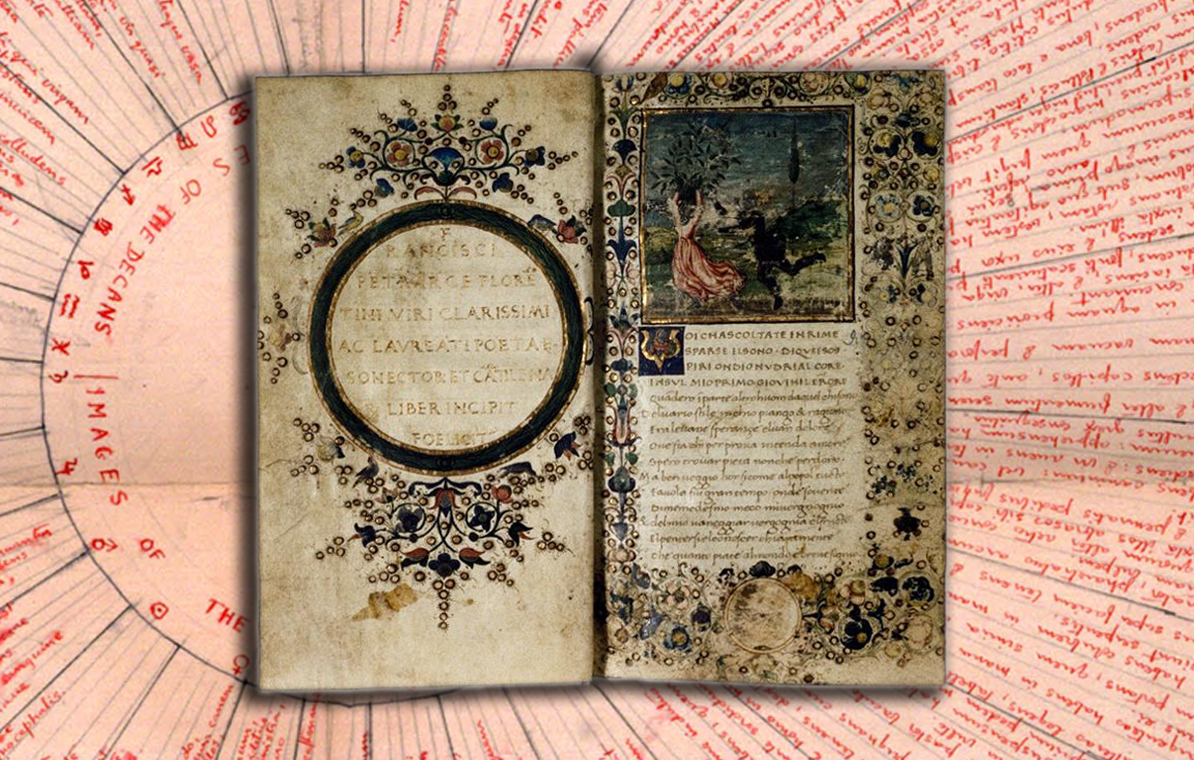Prolegomena to a New Lyric Petrarch in the Digital Future
DOI:
https://doi.org/10.5399/uo/hsda.1.1.1186Abstract
This article presents some features of the new the edition of the Rerum vulgarium fragmenta recently published by the author. This edition is very different from all previous editions and arguably the most innovative in its editorial decisions. Preparation of the edition involved approaching the Canzoniere with a view to establishing concordances/correlations among all aspects of its “lexicon” (literally lexical, graphemic, and visual). The use of computer technology, both on the lexical level and in the treatment of images, made the difference with respect to the traditional philological approach, both in analysis and in the properly editorial phase. Proceeding by concordance/correlation implies that before making any editorial decision one must compare all analogous elements of the work. Today only computer science can provide a scientific basis for our textual analyses. Digital treatment of a text allows us to move from the syntagm to the paradigm, that is, puts us in contact with the system specific to the text that we wish to understand and also publish.Downloads
Published
2011-02-05
Issue
Section
Perspectives
License
Copyright (c) 2011 Giuseppe Savoca

This work is licensed under a Creative Commons Attribution-NoDerivatives 4.0 International License.
Authors who publish with this journal agree to the following terms:
- Authors retain copyright and grant the journal right of first publication with the work licensed under a Creative Commons Attribution No Derivatives License that allows others to share the work with an acknowledgement of the work's authorship and initial publication in this journal.
- Article and journal metadata is released under a Creative Commons Attribution license.
- Authors may enter into separate, additional contractual arrangements for the non-exclusive distribution of the journal's published version of the work (e.g., post it to an institutional repository or publish it in a book), with an acknowledgement of its initial publication in this journal.
- Authors are permitted to post their work online (e.g., in institutional repositories or on their website) prior to and during the submission process, as this can lead to productive exchanges, as well as earlier and greater citation of published work (See The Effect of Open Access). Indicate that the manuscript is under submission.

